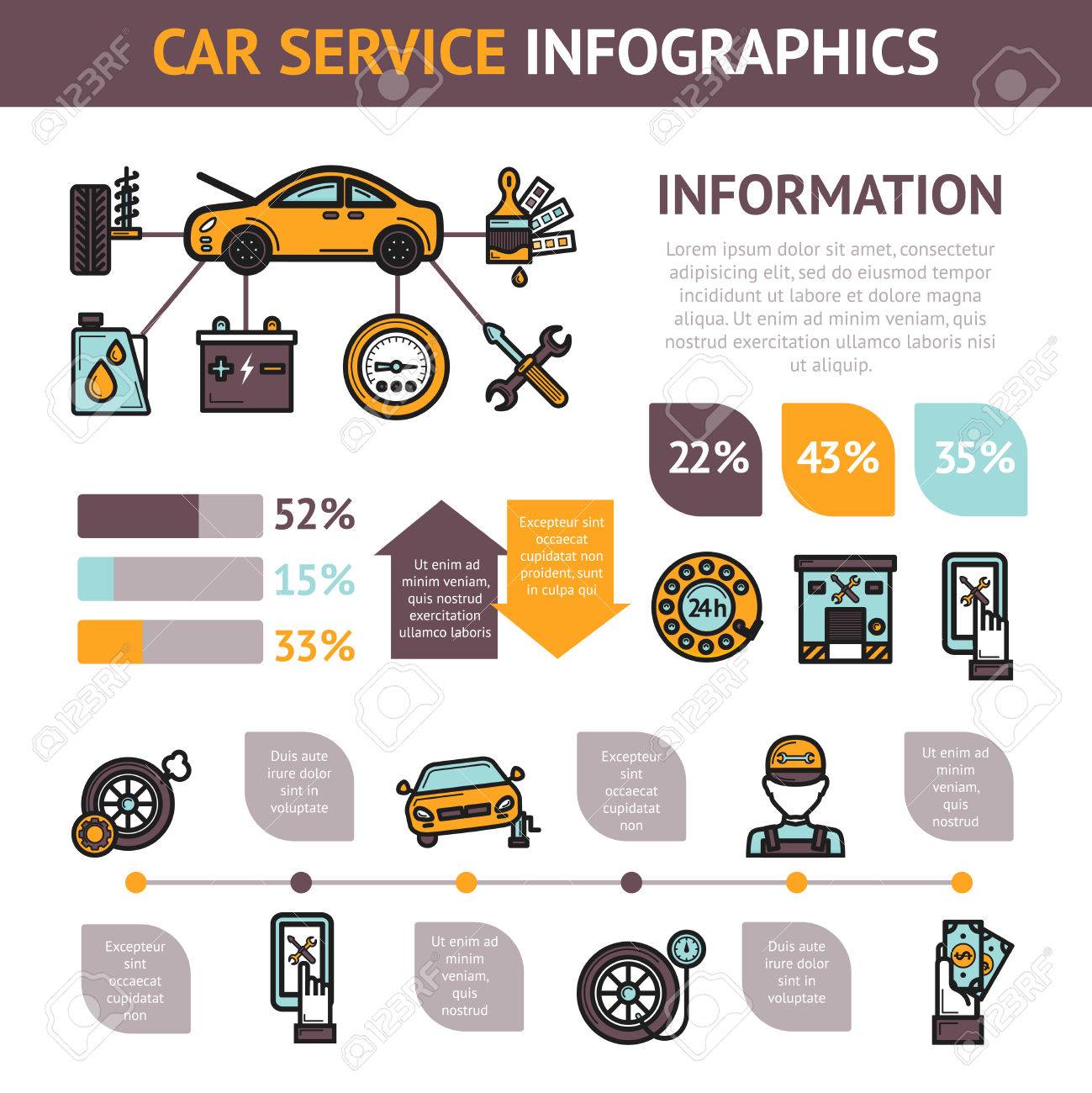Open Up The Hood To Reveal Typical Brake System Concerns And Their Fixes, But What Regarding Squishy Brake Pedals? Learn The Remedy Ahead! Find Out More Below
Open Up The Hood To Reveal Typical Brake System Concerns And Their Fixes, But What Regarding Squishy Brake Pedals? Learn The Remedy Ahead! Find Out More Below
Blog Article
Article Author-Jansen Bjerring
When it concerns your vehicle's brake system, comprehending usual issues can conserve you from prospective security risks. From determining brake pad wear to addressing brake liquid leakages, knowing exactly how to tackle these problems is important. Yet what regarding those spongy brake pedals? There's a solution for that as well. Stay tuned to get more information about these issues and the sensible remedies that can keep you securely when driving.
Brake Pad Put On and Substitute
When it comes to preserving your automobile's brake system, one important aspect to keep an eye on is the wear and substitute of brake pads. Brake pads are vital elements that push against the brake rotors to reduce or stop your vehicle. With time, these pads wear down because of rubbing, calling for regular assessment and replacement to ensure your brakes work effectively.
To figure out if your brake pads need replacement, pay attention for shrilling or grinding sounds when you apply the brakes. In https://oil-change-places-near-me83951.ambien-blog.com/37512586/discover-the-crucial-factors-to-consider-to-remember-when-pondering-between-do-it-yourself-car-repair-work-and-enlisting-the-help-of-an-expert-with-the-aid-of-this-insightful-overview , if your car takes longer to stop or you notice vibrations or pulsations when braking, it may be time to change the brake pads.
Disregarding used subaru mechanic near me can result in lowered braking performance, damages to other brake elements, or even brake failure.
Replacing additional resources is a reasonably simple process for several cars. However, if you're not sure or uncomfortable doing this job, it's ideal to get in touch with a professional technician to ensure correct installment and optimum brake performance.
Routinely checking and changing brake pads is crucial for your safety and security and the long life of your car's stopping system.
Brake Liquid Leaks and Upkeep
To ensure your vehicle's brake system operates efficiently, it is essential to additionally take note of brake fluid leaks and maintenance. Brake fluid is important for transmitting the force from your foot on the brake pedal to the actual stopping device. One typical concern with brake liquid is leaks, which can take place as a result of scrubby brake lines, seals, or connections. If you notice a puddle or leaks under your car, it's important to address the leakage without delay to avoid a possible brake failing.
On a regular basis checking your brake liquid degree is crucial to preserving your brake system. Low brake liquid can lead to air entering the brake lines, which compromises stopping efficiency.
In addition, old or polluted brake liquid can impact the overall efficiency of your brakes. It's advised to follow the supplier's guidelines on when to change the brake fluid, typically every 2 years.
Spongy Brake Pedal: Blood Loss Brakes
If you have actually ever experienced a mushy brake pedal while driving, you comprehend the relevance of maintaining a company and responsive braking system. One usual cause of a spongy brake pedal is air caught in the brake lines. When vehicle customization goes into the brake system, it can result in a loss of hydraulic stress, leading to that unsettling spongy feeling when you press the brake pedal.
To resolve this issue, hemorrhaging the brakes is necessary. Bleeding the brakes includes removing the air from the brake lines to restore correct hydraulic stress.
To hemorrhage the brakes, you'll require a helper to assist you. Start by locating the brake bleeder valve on each wheel, usually located near the brake caliper. With a wrench, loosen up the valve and have your helper press the brake pedal while you observe any air bubbles coming out. Repeat this procedure for every wheel, beginning with the wheel farthest from the master cylinder and moving more detailed.
When you no longer see air bubbles and only clear liquid emerges, tighten the valve and top up the brake fluid storage tank as needed. Bleeding the brakes aids make certain a company brake pedal and boosts total braking efficiency.
Verdict
Since you recognize common brake problems and just how to repair them, you can guarantee your car's safety and efficiency. Keep in mind to listen for indication like shrieking sounds or squishy brake pedals, and resolve them quickly. Regular upkeep and prompt substitutes are key to maintaining your brakes in leading problem. Remain positive and mindful to your brake system to enjoy secure and reliable driving experiences.
